Place and Space – Heimspiel 2024
As part of “Heimspiel 2024”, Kunstraum Dornbirn is showing under the title “Place and Space” sculptural works by four artists of different generations: Katharina Fitz, Ursula Palla, Judith Saupper and Lucie Schenker. Arranged in groups of works, the sculptural and installative approaches are placed in an exciting dialogue in the open architecture of the historic assembly hall.
One condition under which the exhibition was developed was unusual for Kunstraum Dornbirn: the conceptual basis for “Heimspiel” and all exhibitions curated within its framework has a geographical component. Participation was based on the applicants’ relation to the designated countries and Swiss cantons.
The second condition of the exhibition is fundamental to Kunstraum Dornbirn: its particular exhibition space. In the historic assembly hall, with its surround lattice windows, natural lighting and climatic conditions, the architecture itself becomes a determining factor for the selection of artists and their respective works. Kunstraum Dornbirn’s programmatic specialisation in expansive installations and sculptures is derived from its space and is particularly exciting when the exhibiting artists enter into dialogue with the architecture and allow it to take effect in their work.
Fitz, Palla, Saupper and Schenker deal in various ways with places and spaces in different contexts, such as their individual and socially relevant use and definition. Through their work we have to do with the spheres of both urban space and natural space and our role in them. From the studio as a place of production, we move to the institutional exhibition space and the question of how space can be physically filled, shaped and restructured through works of art. It is a question about both what is concretely localizable in place and space and their fictional momentum, about the existing or newly constructed relationship between nature and man, and always about the search for a concrete form of the elusive or unsayable.
All four artists develop their sculptural forms and languages in diverse and highly independent, sometimes contradictory ways – for example, fact-based or subject to the pure aesthetic experience of space. These artistic approaches skilfully master the various aesthetics and can complement or comment on each other. The exhibits’ craftsmanship, their conceptual quality and consistency, make visiting the exhibition a pleasurable experience that can expand and reorient our view of the often abstract concepts of “place and space”.
Judith Saupper is interested in the dimension of the invisible and the unsayable, to which she gives visual form in her imagined structures, architectures and topographies. The works do not thereby remain fictional or even abstract; on the contrary, they interleave themselves with our reality by taking that reality as a visual stimulus and at the same time knowledgeably questioning it. In media as diverse as drawing, graphics, photography, sculpture, architectural models and sound installations, Saupper enmeshes both reality and fiction. The interfaces are formally fluid and connected by contemporary stories. The artist devotes herself to questions such as those about the misunderstandings between humans and animals, the socially defined symbolic value of private houses, the impossible or yet achievable representation of feelings, and the effects of a possible loss of belief systems accepted by society as a whole (© Kunstraum Dornbirn 2024).
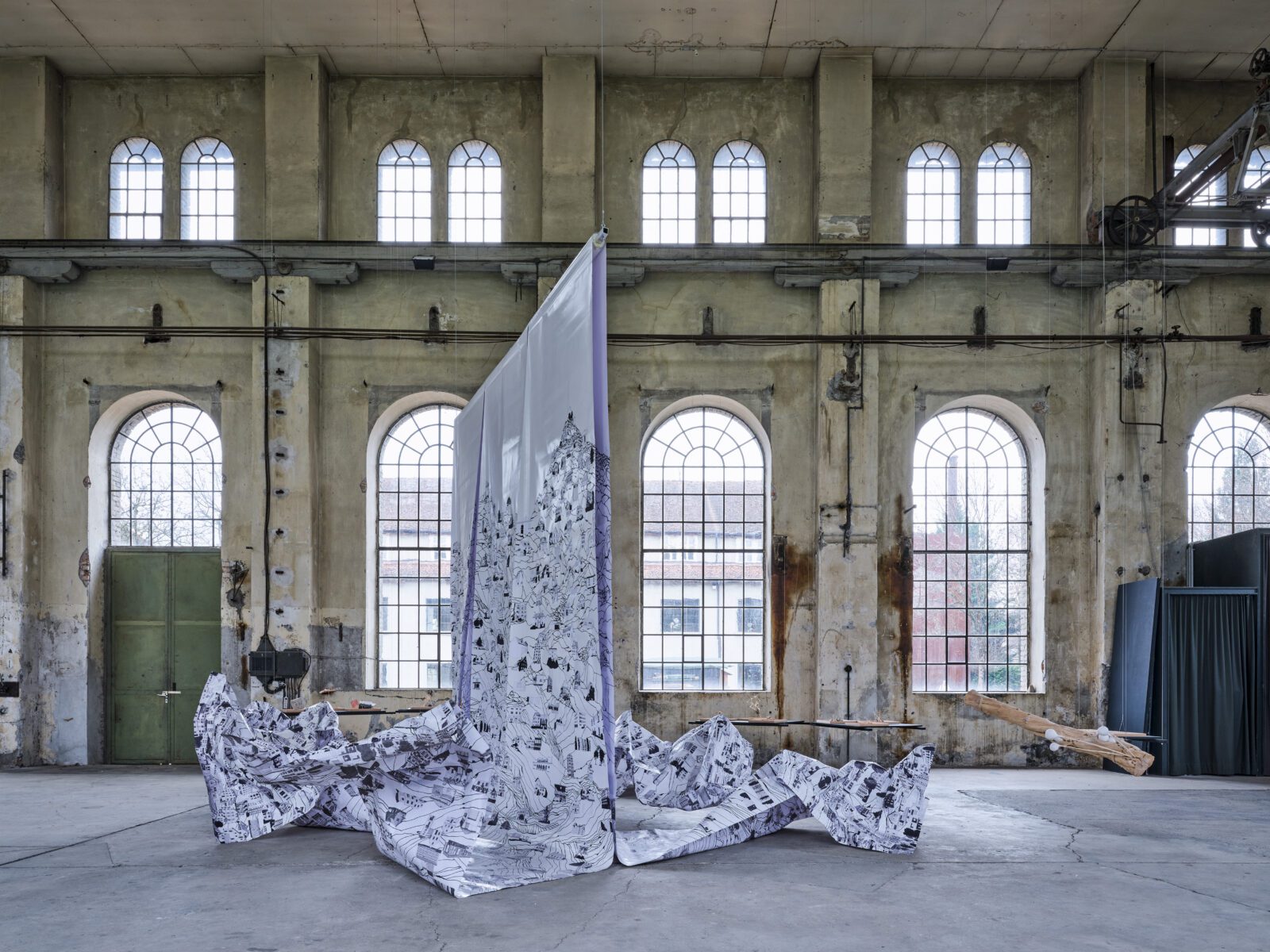
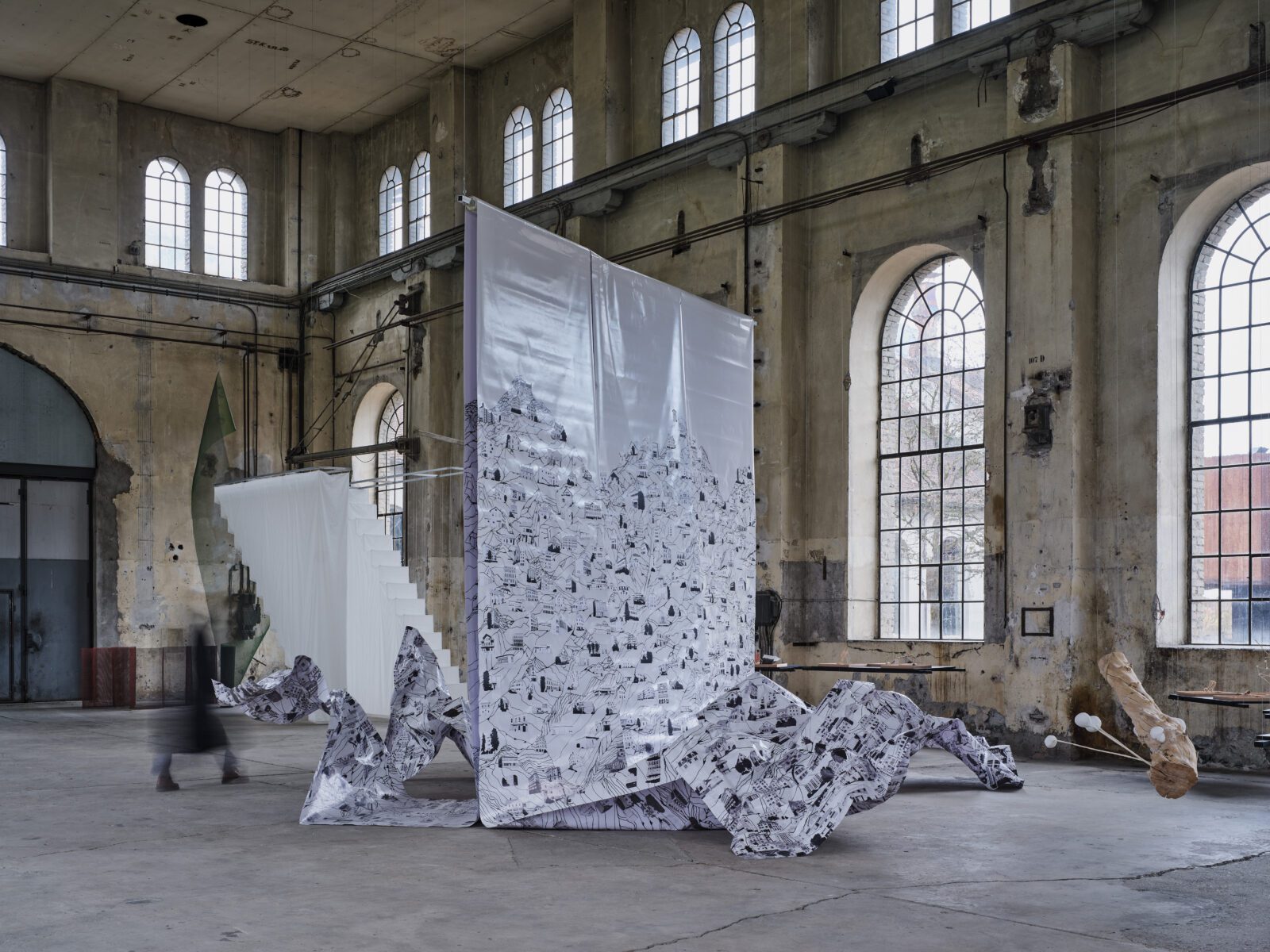
Exhibition view Kunstraum Dornbirn
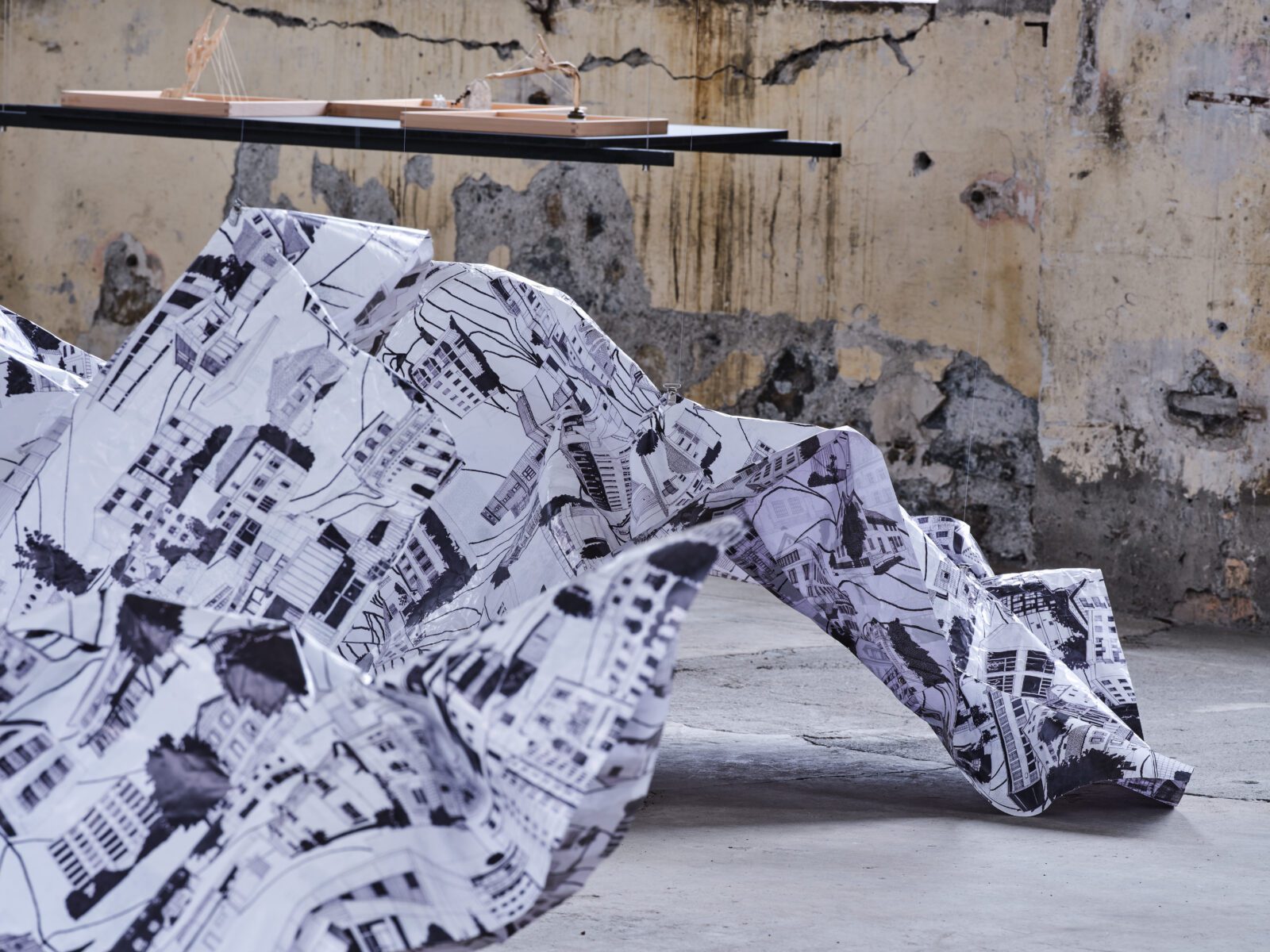
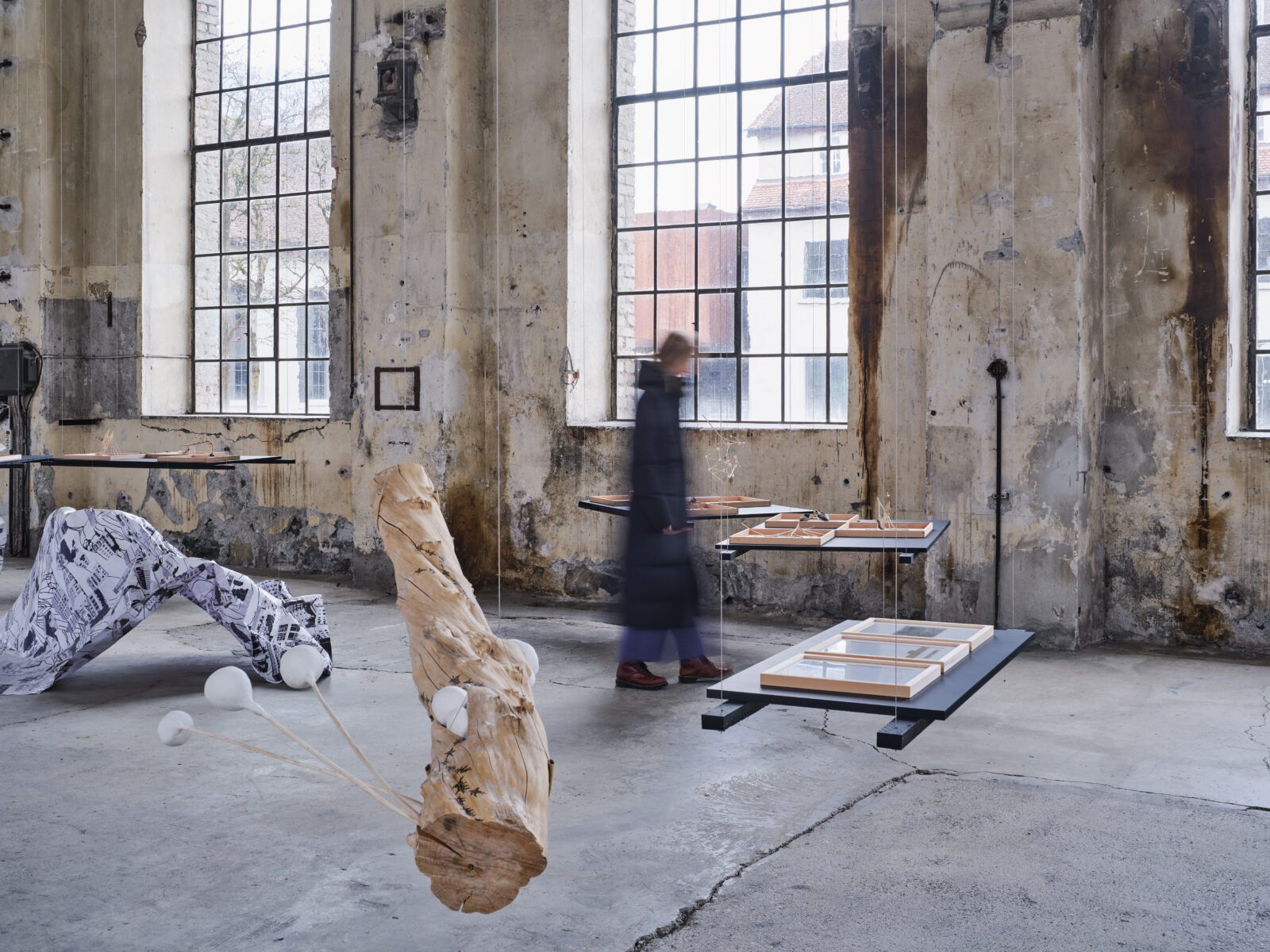
Exhibition view
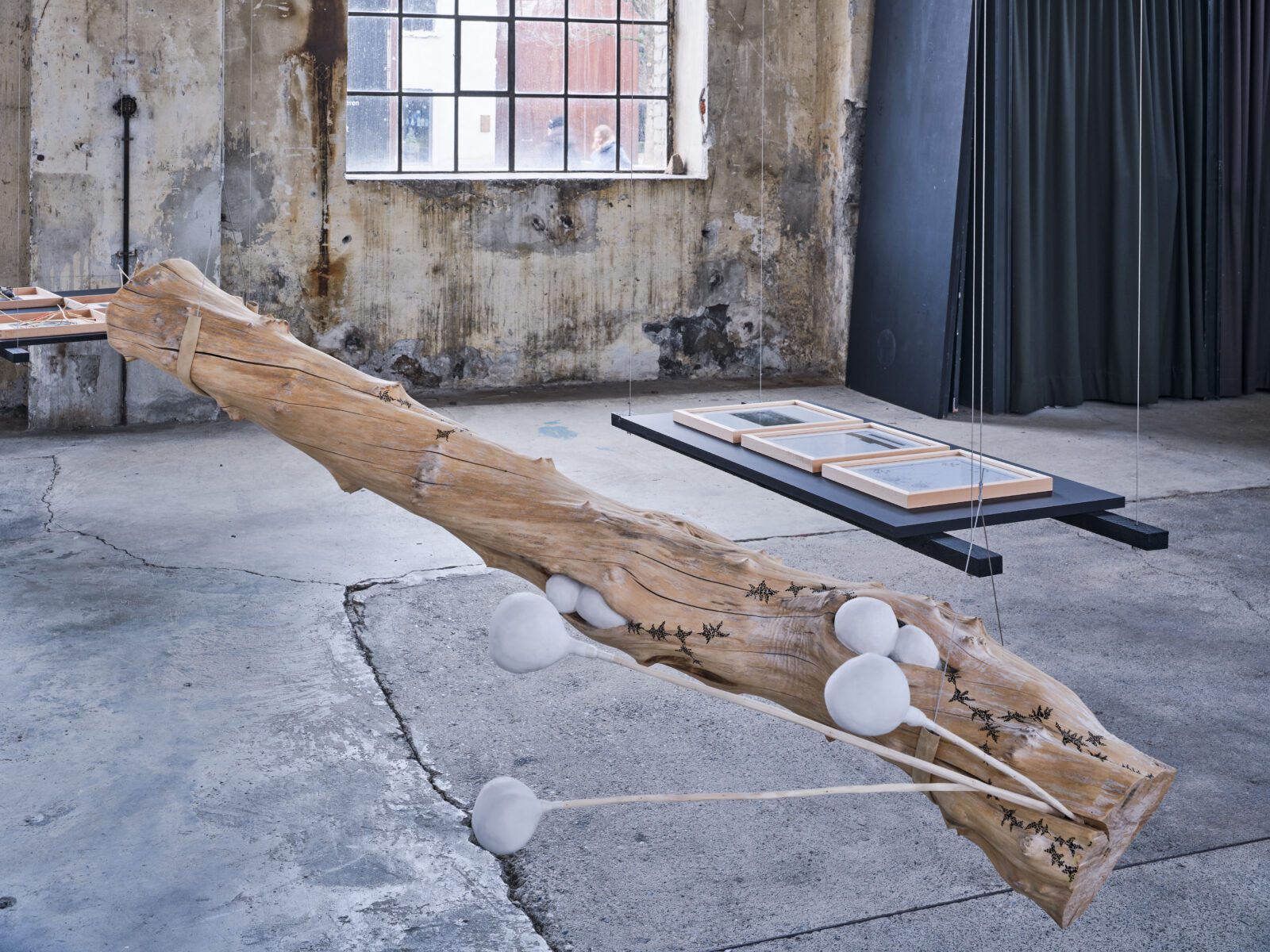
Rebuild Nature #3, The path of the bork beetle
2019, object, plaster, wood, lacquer, hemp ropes, approx 200 x 70 x 30 cm
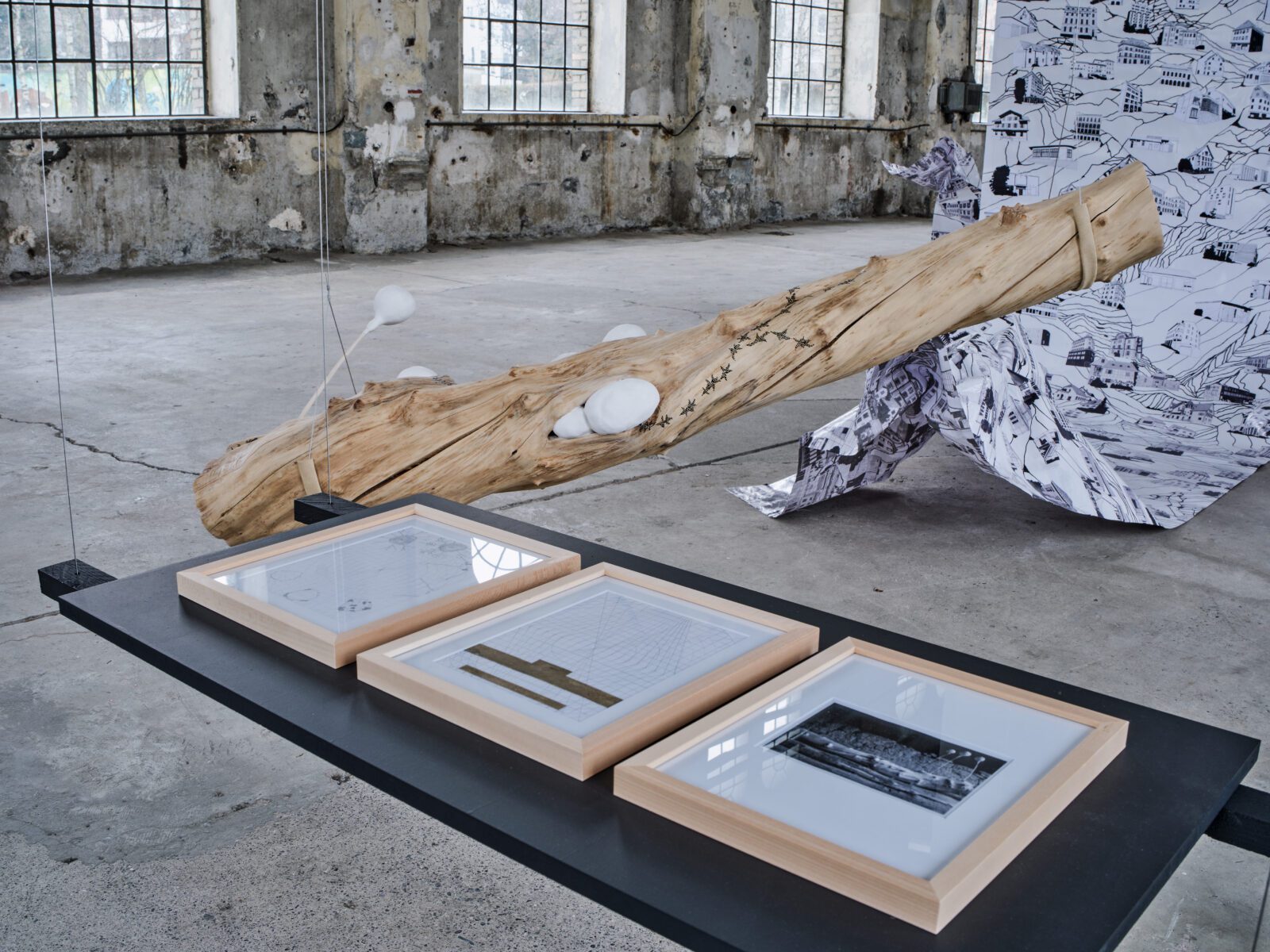
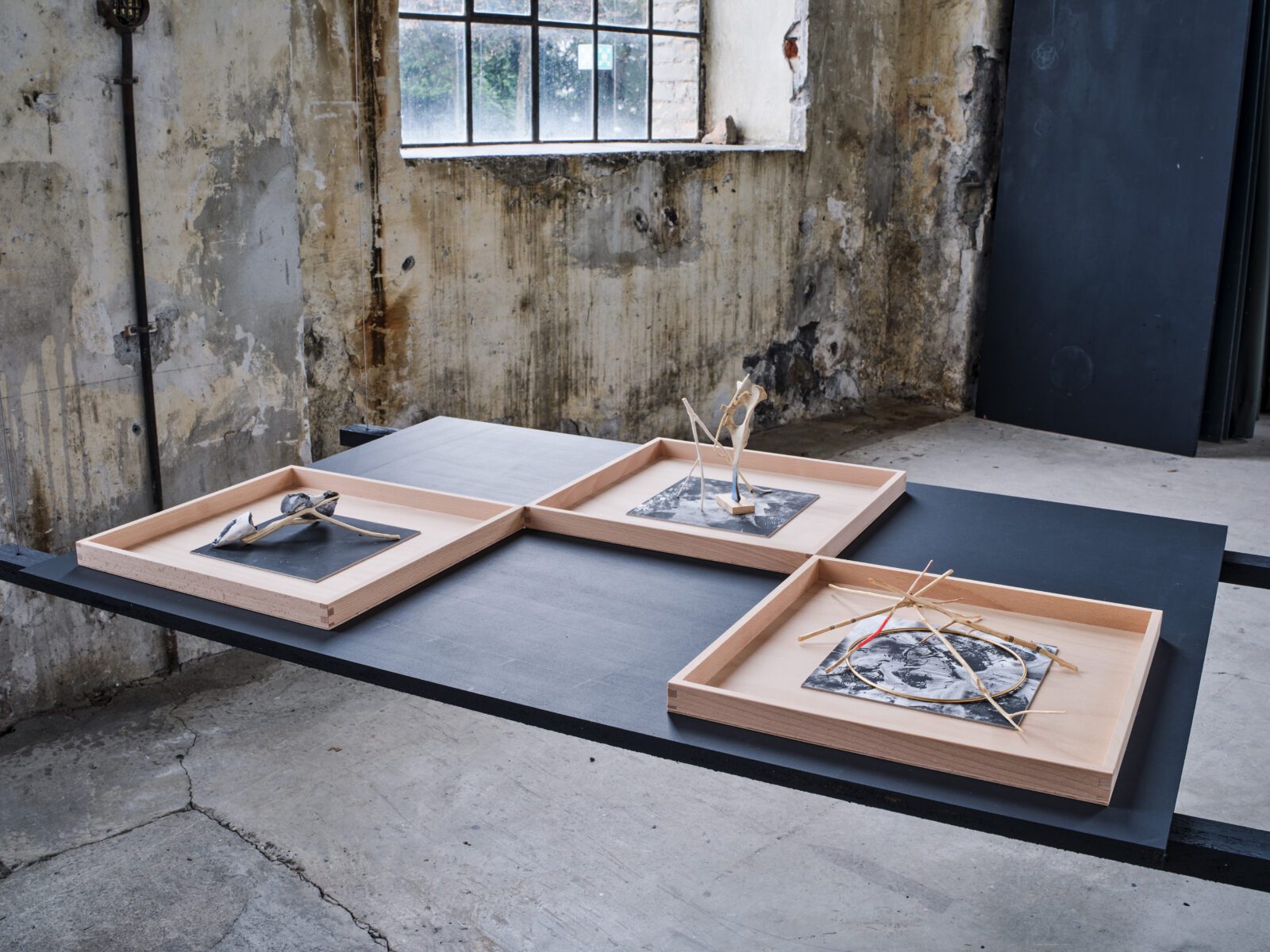
An Analysis of silence #1-12
2021
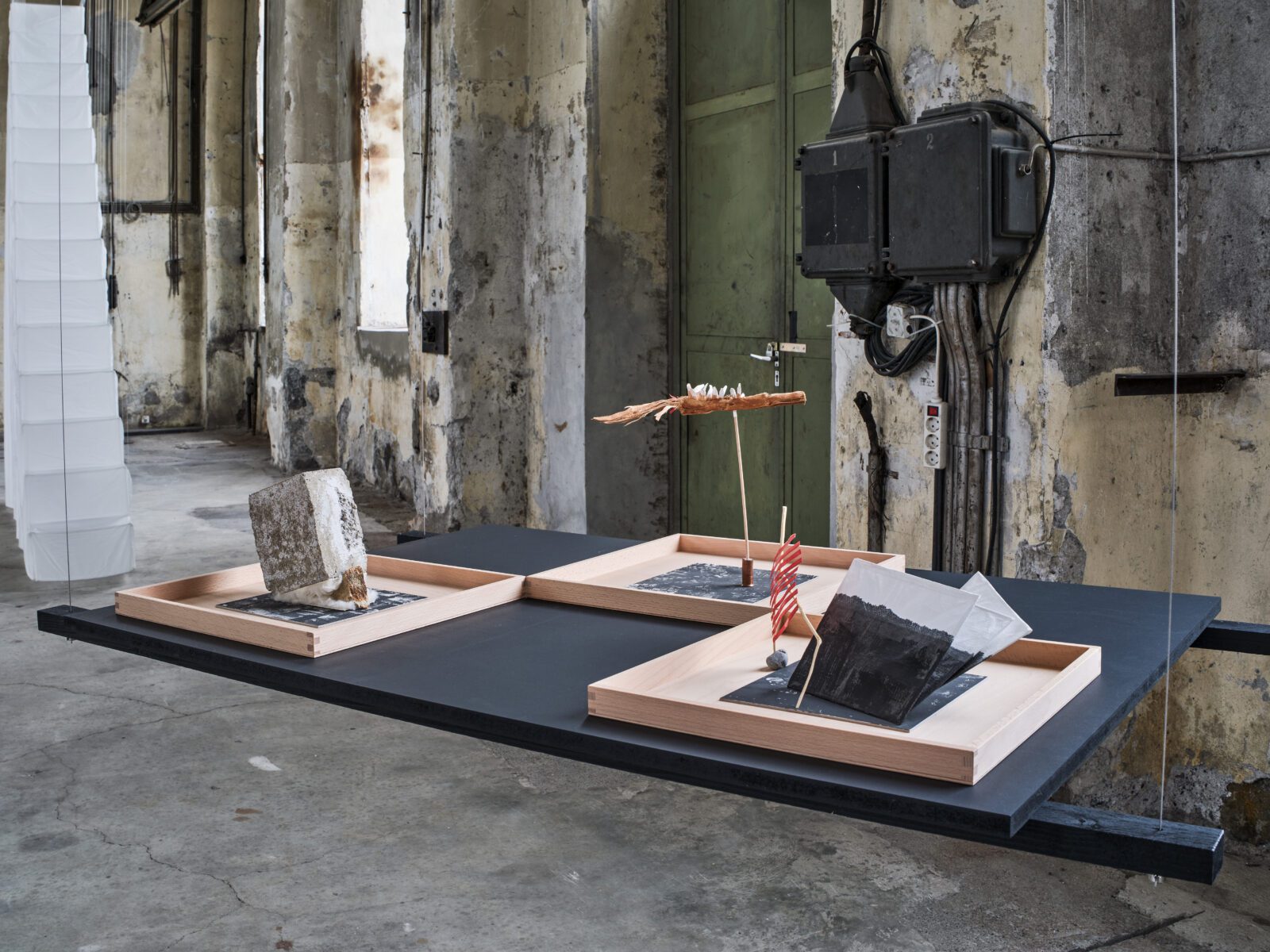
An Analysis of silence #1-12
2021

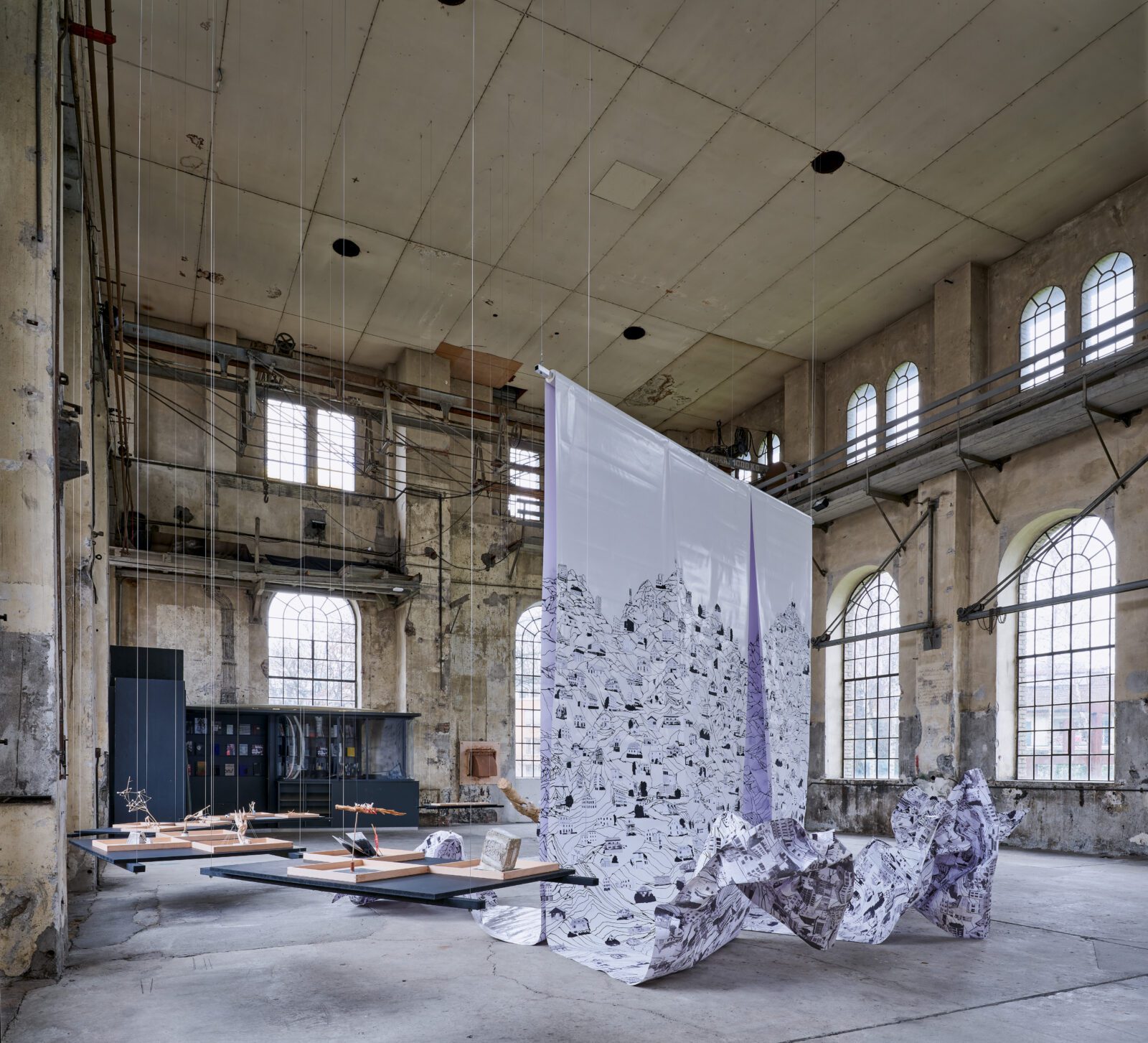

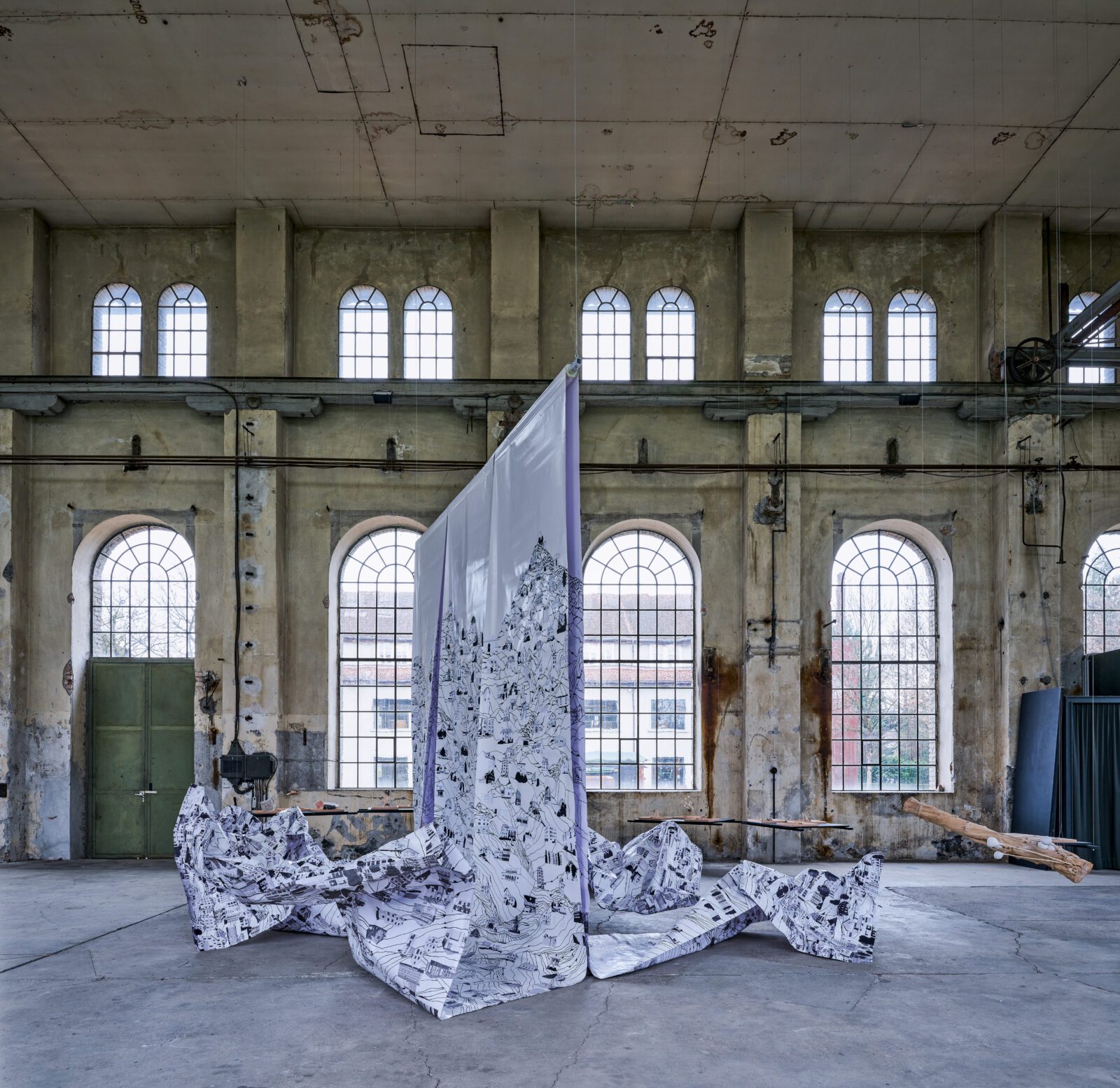
Das Grosse Rauschen
2014, paper sculpture with 6 printed lenghts of paper with 475 collaged ink drawings, 300 x 780 x 680 cm
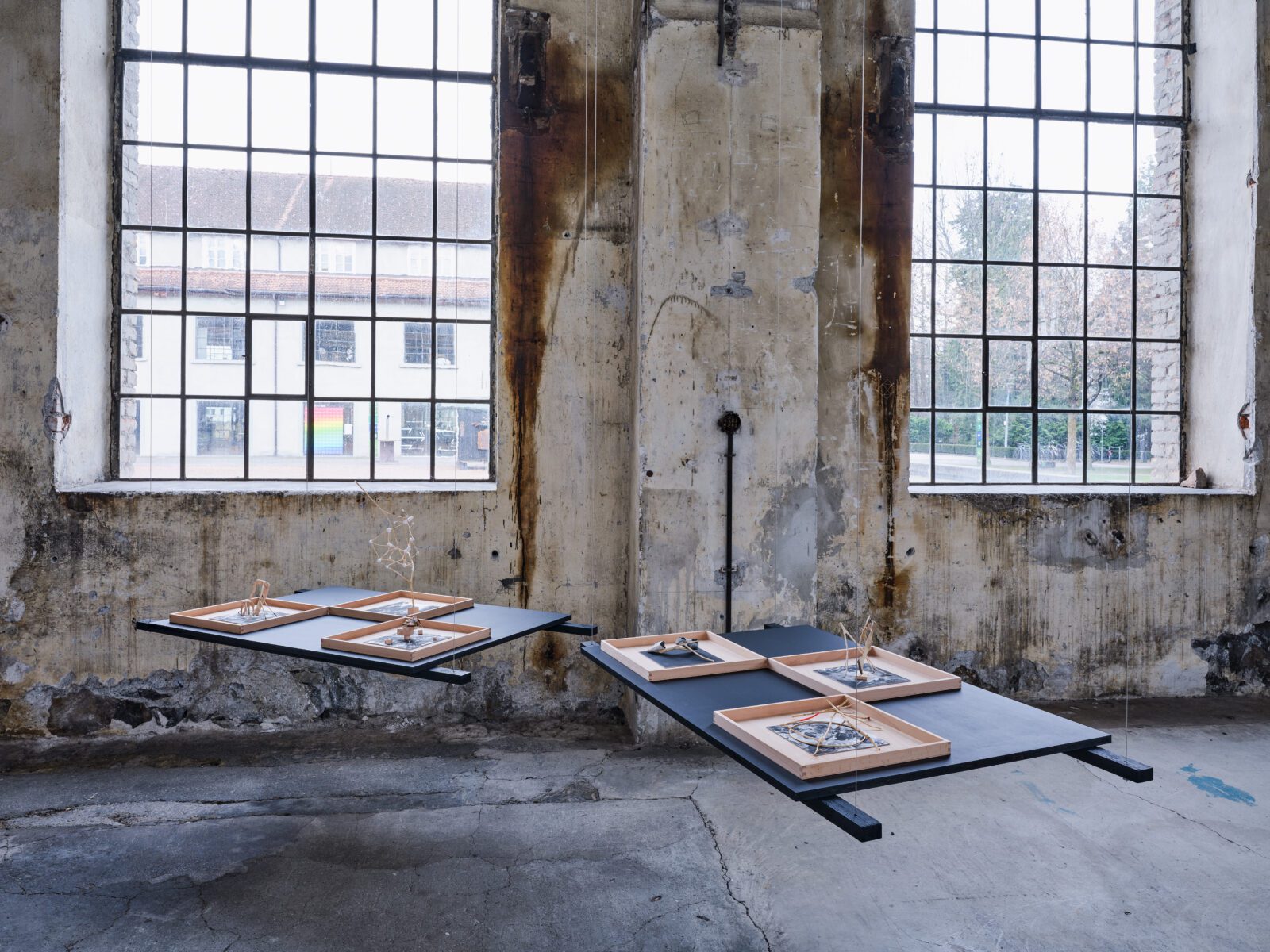
An Analysis of silence #1-12
2021
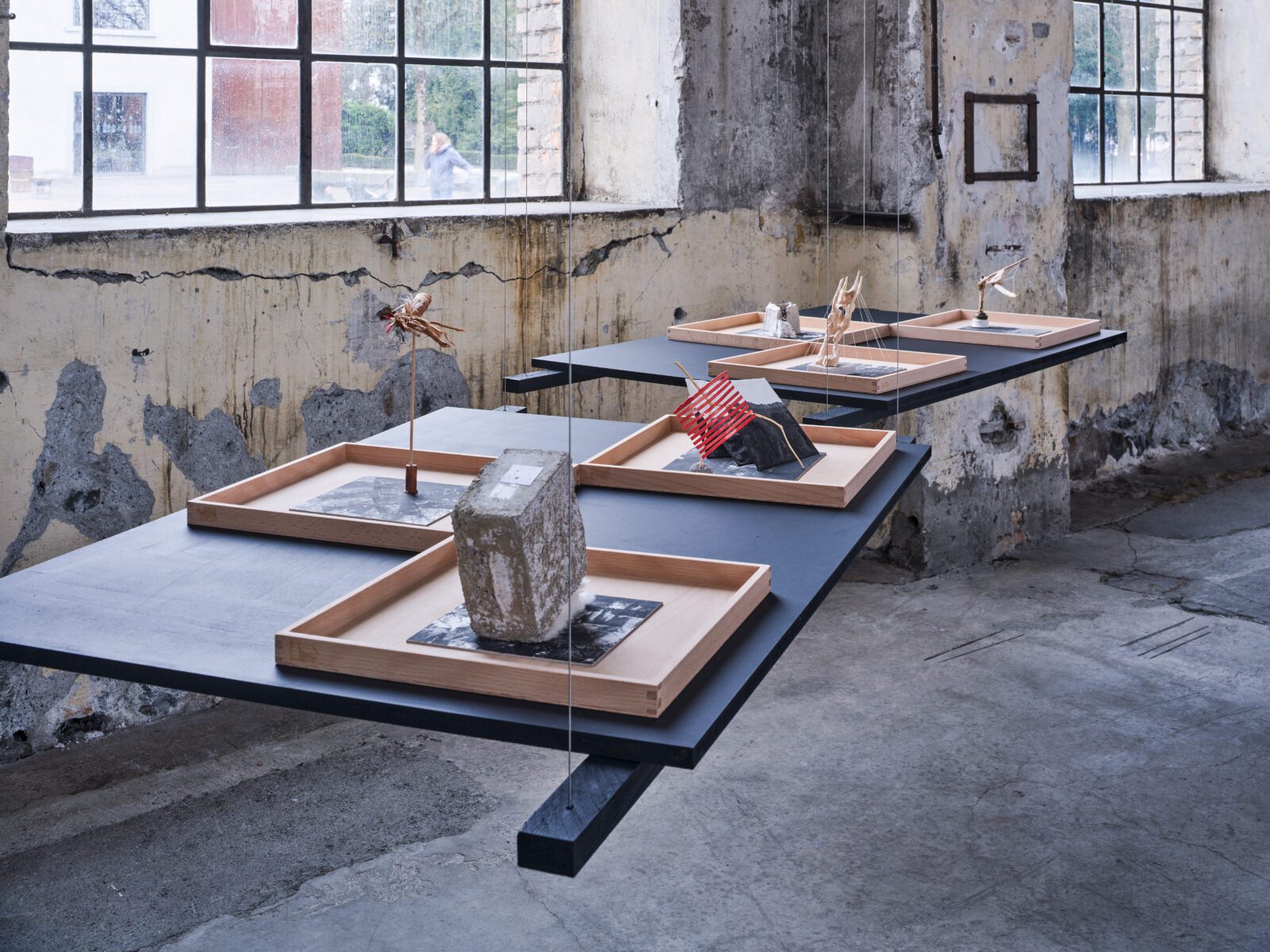
An Analysis of silence #1-12
2021
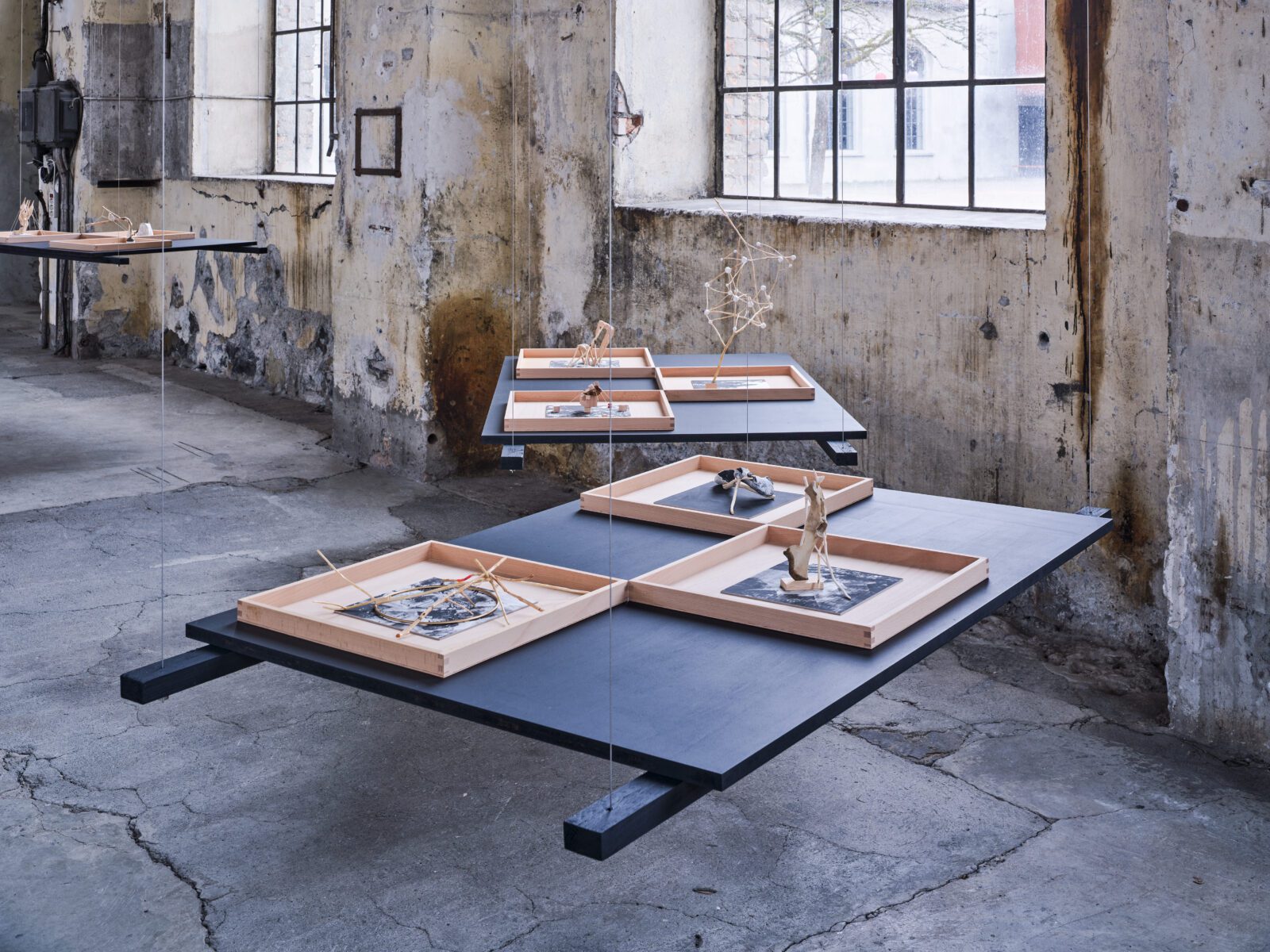
An Analysis of silence #1-12
2021